Though Office Rent Growth Clearly Decelerating, Occupancy and RentsRemain at Highest Absolute Levels on Record
The U.S. office vacancy ticked up 0.1% in the first three months of 2017 to 10.3% marking the first quarterly increase since 2010.
Total net absorption in the US office market slipped approximately 9% from the same period a year ago as developers added an additional 19 million square feet of new office space across the country.
Reflecting the increasing competition for tenants as supply ramps up, average office rent growth came in at 2.3% in the first quarter, less than half the growth rate in 2015, as deceleration in rental rates spread from Houston, San Francisco, New York City and a handful of other high-growth markets into all but four of the top 25 U.S. metros. Those were among the key findings presented last week by analysts during CoStar’s State of the U.S. Office Market Q1 2017 Review and Forecast.
While recent conditions have softened since the heady days of 2015, the country’s office market and economy remain very good by historical standards — just not as strong as in recent quarters, said Walter Page, CoStar Portfolio Strategy director of office research, who co-presented the review and forecast with Managing Consultant Paul Leonard and CoStar Vice President Dean Violagis.
“We’re seeing an increase in vacancy, but it’s still very good compared with past levels,” Page said, “We’re at the highest levels of occupied space, the highest rental rate levels ever. At this point, the risk of recession in the near term appears to be very minimal.”
CoStar projects that U.S. office net absorption will decline from last year’s 85 million square feet to around 75 million square feet in 2017. Both years are expected to continue the overall trend of positive net absorption, although lower than the demand peak of 100 million square feet absorbed in 2015.
Demand for higher-quality 4- and 5-Star space is running about double the absorption rate for 3-Star, or Class B, properties as tenants seek to squeeze workers into smaller but more modern and efficient buildings.
While demand has slowed in most office markets over the last 12 months, one notable exception has been Washington, DC, which has logged a surprising 6 million square feet of net absorption over the last 12 months, six times its five-year average. However, new supply continues to accelerate in the nation’s capital with 11 million square feet under construction as of the first quarter.
Responding in part to the surge in demand and rents in 2015, office construction is expected to peak this year. In total, CoStar forecasts between 90 million and 100 million square feet of completions in 2017 in the U.S., up 50% over last year in what will likely be the peak for new office supply of the current market cycle.
New office development has begun to trend downward, traditionally signaling the approach of the peak of the country’s office construction cycle.
For now, supply continues to ramp up at well above historical levels in certain tech-driven markets, such as San Jose, San Francisco and Seattle, as well as Austin, Dallas-Fort Worth and especially in New York City, where a total of 22 million square feet is under way, a level more than double the long-term norm. The total includes the massive Hudson Yards project with over 6 million square feet of in-process construction, plus three other buildings of more than 1 million square feet. SL Green Realty Corp.’s 1.7 million-square-foot, 58-story One Vanderbilt Avenue across from Grand Central Station begins vertical construction early next month.
Although construction is roughly at pre-recession levels in the largest metros, secondary markets are generally peaking at much lower numbers, a sign of developer restraint during a phase of the real estate cycle bolstered by continuing office-using employment growth, solid corporate profits and slowed but not declining growth in property market conditions.
By Randyl Drummer
